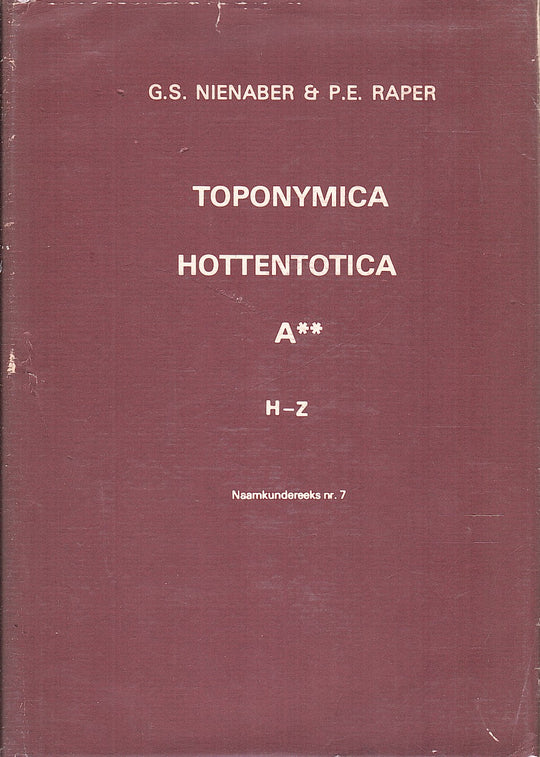Nonidas
The PNC accepted Dr. Vedder's spelling proposal. The change N (onidas) with H (onidas) is commonplace, cf. 5 D 6. What the three possibilities of Dr. Vedder are concerned, we can indicate Rev. Take Scheppmann as a guide. He follows Knudsen's system to write suction sounds, according to which the comma in front of the lateral ǀǀ proposal; The name is then to hear as ǀǀ Hunidas. It makes Wandres' distractions more securely. A reinforcing factor is the fact by Scheppmann, viz. That there is an abundance of reed and grass in the area. 'Bubble or brown fountain'. The above is definitely talked about the station and the farm it stands on. There were a whole complex places called here. The AdressBuch of 1939 mentions Nonidas I No. 34, II No. 35, Nonidas No. 40, Nonidas-ost No. We only add that Mr Krenz FK 1974 rejects in his note the derivation of 'Borfontintjie' and believes that it has the noisy or (hunibome as a basis, we believe inadequate grounds. 'There was, as the old people were told, on The hill a single white hole tree, a rarity in that region, and then the span area is called along the Swakop River '. The name also occurred as' nonadas '(Severad CJ 1973 Gazette 162).




